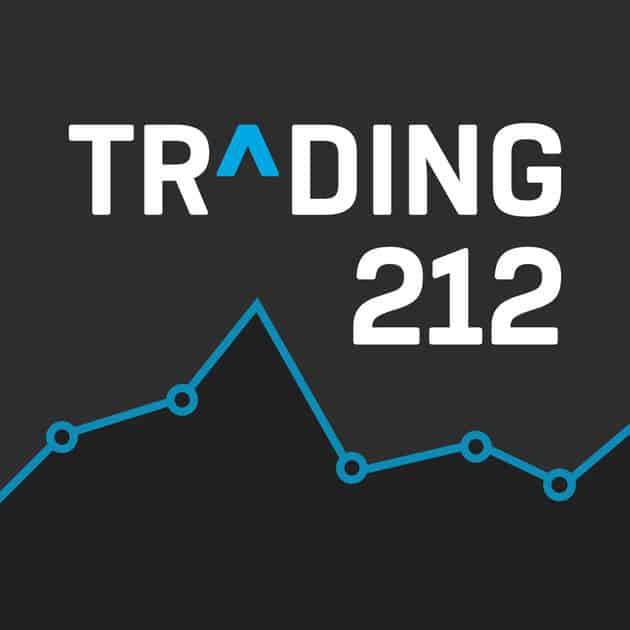Zero-based budgeting is a way to manage your finances whereby every penny of your income is assigned to a specific category. The goal is that by the end of the month, your income minus your expenses equals zero. This doesn’t mean you spend it all, but you just allocate it all somewhere.
How this works in three easy steps
Zero-based budgeting works as it gives you control, you know exactly where your money is going. If you leave your money unallocated, it’s easy to spend it without thinking. But with zero-based budgeting, you decide ahead of time where it’s going. If you want a buffer, you can create a category called ‘Emergency fund, or Buffer’ and assign an amount to it. That way it’s still accounted for but available if needed.
Zero-based budgeting prevents overspending, no more wondering where your money disappears to each month.
It helps you save, making saving a priority rather than an afterthought.
It can be adapted to any income level.
Let’s say you earn £2500 a month, your budget may look like this:
Rent/Mortgage: £800
Bills: £300
Groceries: £250
Transport:£150
Debt repayments: £200
Savings: £400
Fun money: £200
Total – £2500 (zero balance!)
By making a plan for every pound, you stay on track and avoid financial stress.
Zero-based budgeting isn’t about restricting yourself, it’s about making your money work for you. Once you get the hang of it, you’ll feel more confident and in control of your finances.
Ready to try it? Grab a notebook or use my budgeting tool.

Get a FREE fractional share with Trading212
Use promo code: MITM (works within the first 10 days of signing up)
Fractional share worth up to £100. Capital at risk. Terms apply

Get a Welcome Bonus of up to £50 when you invest at least £100 with InvestEngine

Consolidate your Pensions with PensionBee
Keep your pensions all in one place with this simple to use Pension service.
Manage your money better with MoneyMonitor
I personally built this website to allow me to bin my spreadsheets in favour of something a little easier to use. It’s completely free of charge.